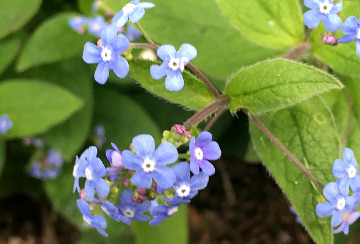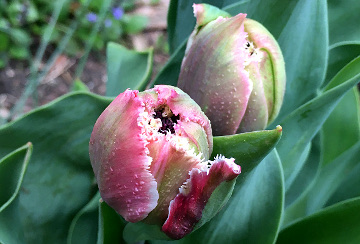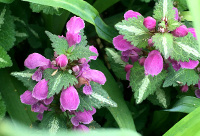
Cloning

Cloning is a convenient way to increase your plant stock, and a successful outcome is all but guaranteed.
Most perennials can be cloned for propagation, albeit using slightly different methods.
Stem cuttings are used for woody perennials like rosemary, sage, roses, and fuchsias. Make sure the stems have leaves and are woody but still green.
Leaf cuttings are a successful method for propagating African violets, coleus, and hydrangeas. Choose a leaf that has a long stem and plant it in the ground. It will root.
Root cuttings are commonly used for plants with taproots, such as peonies, or rhizomes, like irises. Unearth the root, chop it into segments with a couple of eyes, and plant them in the preferred location. Keep in mind the new plants will require two to three years to reach maturity.
Division is the method used to propagate herbaceous perennials.
The roots are pulled apart into several clumps and then relocated to the preferred area for planting.
When plants are divided, they fill up rapidly, achieving a mature look in their first season.
Divide fall perennials in spring and spring perennials in fall.
Runners and suckers occur naturally, as numerous plants such as sweet violets, mint, wild roses, and ivy, have a preference for spreading in that fashion.
As a different approach to stem cuttings, plants like mint, basil, rosemary, and lavender can be rooted in water. Place the cuttings in a jar, changing the water daily, and they'll develop roots within a few days. Allow the roots to develop in water for a few weeks prior to planting.

Bulb Propagation

The main ways to propagate bulbs include scaling, division, chipping, bulblets, and seed.
Like all perennials, bulb rooted plants propagate through seed. Gather the seeds and scatter them lightly in the prepared medium, ensuring they are lightly covered. While some will sprout shoots, others will prioritize growing their roots.
Scaling happens naturally to lilies. All the gardener has to do is dig them up and gently tease their artichoke-like clusters apart.
For onions, hyacinths, daffodils, and tulips, use division. Slice the bulbs vertically into six or eight sections, ensuring each section receives a portion of the roots.
Chipping is similar to division, but the bulbs are sliced thinner to get more pieces.
If you want to propagate hyacinths in an interesting way, try scooping: hollow out a shallow bowl at the bottom of the bulb, remove the roots, and bury the bulb upside down, half submerged in damp sand, in a cool, dark place. The mother plant will grow a blanket of bulblets in the scooped up bowl; this method allows growers to produce large numbers of bulbs at a time.
Finally, plants like snowdrops and garlics grow clusters of bulbs bunched together. Like herbaceous perennials, they can be divided in spring once shoots appear.
